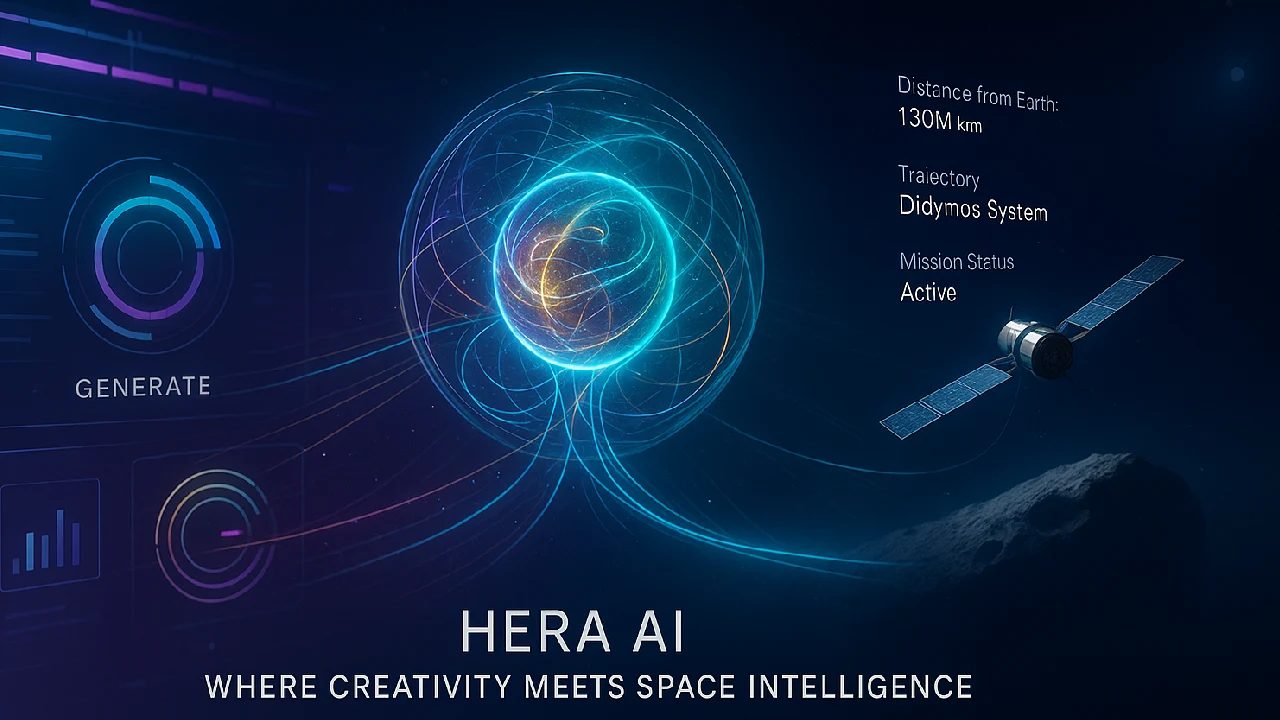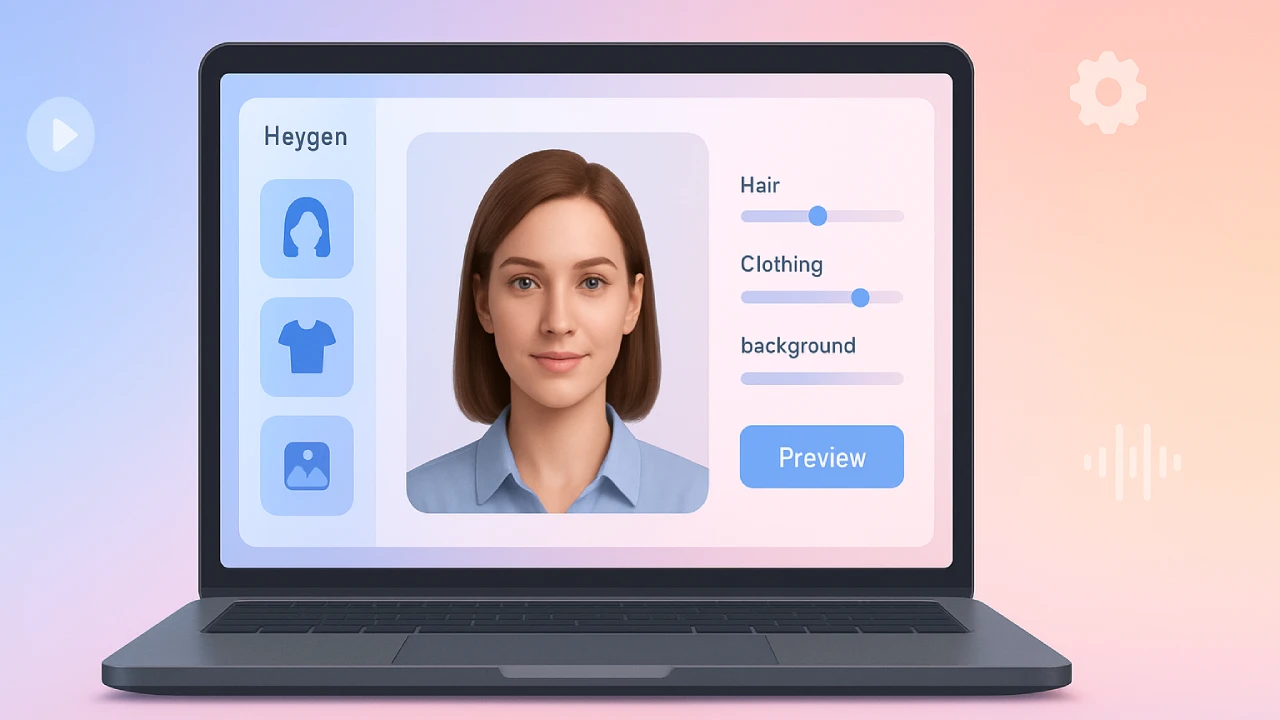Mistral AI has released its first open-source audio models called Voxtral, launched on July 15, 2025. These models help AI systems listen, understand, and respond to voice commands or conversations. Voxtral is built to offer powerful speech tools that are affordable, flexible, and open for everyone — from developers to large businesses.
What Can Voxtral Do?
Voxtral makes it easy for applications to listen and talk back — just like a human assistant.
Key Features:
- Voxtral accurately transcribes voice into text.
- It has the ability to summarize audio and provide answers to questions based on what it hears.
- AI transforms text into realistic speech.
- Lets users control apps with voice commands.
- Works with long audio files — up to 30–40 minutes.
These tools are perfect for voice assistants, customer service bots, or smart devices.
Different Versions of Voxtral
Mistral has made three Voxtral models, so users can pick one that fits their needs:
| Model | Size | Best Use |
|---|---|---|
| Voxtral Small | 24B params | Full-scale apps, cloud systems |
| Voxtral Mini | 3B params | Phones, offline tools, local apps |
| Mini Transcribe | API only | Fast and efficient voice-to-text use |
All models are free to use under the Apache 2.0 license, meaning they’re open to both business and research use.
Supports Many Languages
Voxtral works with many global languages, like
- English
- Hindi
- Spanish
- French
- German
- Dutch
- Portuguese
- Italian
It automatically detects the language and transcribes it, making it useful for global teams and apps.
How Does It Compare?
Mistral says Voxtral performs as well as or better than popular tools like
- Whisper by OpenAI
- GPT-4o Mini Transcribe
- Gemini 2.5 Flash by Google
Tests show that Voxtral gives better results in speech translation and voice understanding across tasks like FLEURS and Mozilla Common Voice. It’s built on the Mistral Small 3.1 model, so it combines both text and voice AI smoothly.
Budget-Friendly Pricing
Using Voxtral through Mistral’s API is affordable, starting at just $0.001 per minute — less than half the price of many competitors. This helps developers and startups use top-level voice tools without high costs.
Extra Features for Companies
For large or custom use, Voxtral also offers:
- On-premise hosting
- Detecting different speakers
- Emotion detection
- Speaker separation (diarization)
- Custom voice model training
- Support from Mistral’s tech team
These features make Voxtral a good fit for call centers, healthcare tools, and AI-based support systems.
Where to Use Voxtral
You can try Voxtral in multiple ways:
- Download from Hugging Face
- Use via Mistral API
- Test it on Le Chat platform
Whether you’re a solo developer or a big team, Voxtral is easy to access and free to test.
Why Voxtral Matters
Mistral believes voice is the most natural way humans interact — and Voxtral is their first step into building smart, voice-based tools. It’s part of a bigger push, alongside earlier tools like Magistral (reasoning) and Pixtral (vision + text), to help people build smarter and more human-like AI.
Conclusion
Mistral AI has stepped into the world of audio intelligence with the launch of Voxtral, a powerful new voice AI model released on July 15, 2025. Built for transcription, speech recognition, and real-time voice understanding, Voxtral brings advanced features like summarizing conversations, answering questions from audio files, and responding with natural speech — all without needing a separate chatbot. Best of all, it’s open-source and free to use, making it an exciting alternative to proprietary tools like Whisper or GPT-4o-mini.
Available in multiple versions — Voxtral Small, Mini, and Mini Transcribe — this model suits everything from enterprise software to mobile apps. It supports 8+ languages, works with long audio files, and costs as little as $0.001 per minute via API. Whether you’re building a voice assistant, analyzing call center conversations, or developing multilingual tools, Voxtral offers a flexible, affordable solution designed to fit modern AI needs.







